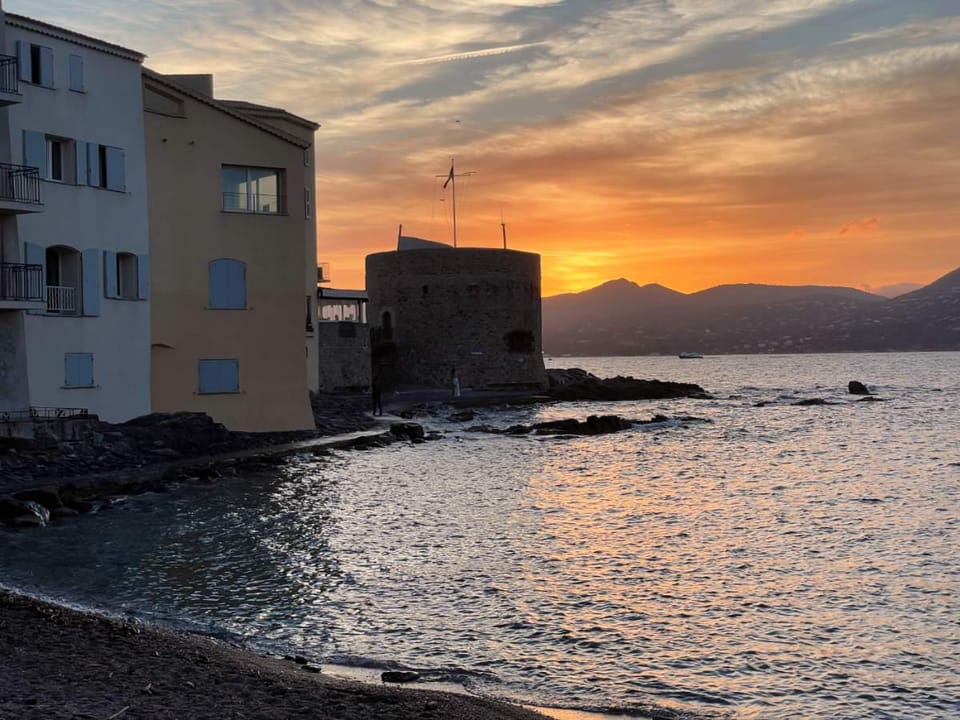Liguria, a region of history and charm

Liguria is an Italian region rich in history and culture, thanks to its strategic position on the Mediterranean Sea, which has made it a crossroads of peoples and civilizations over the centuries. There are numerous testimonies of its past that we can still admire today.
In ancient times, Liguria was inhabited by Ligurian tribes of pre-Indo-European origin. Beginning in the second century B.C., the region was gradually conquered by the Romans, who founded important cities such as Genoa (today's Genoa) and Lunae (near today's Luni).
In the Middle Ages, with the fall of the Western Roman Empire, Liguria came under Byzantine rule and was later fought over by the Lombards, Franks and Saracens. Around the year 1000, the characteristic fortified citadels known as "borghi" were built along the coast to defend against the Saracen raids.
The 11th century saw the rise of the Maritime Republics, including Genoa, which became a major naval and commercial power in the Mediterranean. Its rule extended from Corsica to the Genoese colonies in the Black Sea. Rivalry with Venice, the other major maritime power of the time, led to open hostilities and naval clashes.
The Genoese influence strongly shaped the face of Liguria. Evidence of this can be seen in the splendid aristocratic palaces of Genoa, such as the Ducal Palace, the Royal Palace and Palazzo San Giorgio, as well as the fortifications scattered along the coast, such as the Brown Castle in Portofino and the Aurora Tower in Monterosso, Cinque Terre.
The Renaissance and the following centuries saw the slow decline of Genoese power, culminating with the Napoleonic occupation and the annexation of Liguria to the French Empire in 1805. With the Restoration, Genoa became part of the Kingdom of Sardinia and, from 1861, of the newly formed Kingdom of Italy.
Between the nineteenth and twentieth centuries, Liguria experienced a strong industrial development, especially in the steel and shipbuilding sectors. A symbol of this period is Ansaldo of Genoa, founded in 1853, which became one of the largest Italian industries. Ports such as Genoa and La Spezia became increasingly important.
In the second half of the twentieth century, the Ligurian economy increasingly focused on tourism, enhancing the natural and historical-artistic beauty in which the region is extraordinarily rich. Today, places such as Portofino, the Cinque Terre, Portovenere, Santa Margherita Ligure and Sanremo are world-famous, while in the hinterland there are medieval villages and unspoiled landscapes waiting to be discovered.
Liguria is a fascinating land that never ceases to amaze and enchant with its heritage of art, culture and traditions.



